City Grid Increases Urban Heat Island Effect

Facility Manager Cost Saving/Best Practice Quick Reads
RSS Feed

Naomi Millán March 19, 2018 – Roofing
Urban heat island effect can be amplified or mitigated by how buildings are arranged in a city, according to research from MIT. After studying 47 cities world wide, researchers from MIT and National Center for Scientific Research senior research scientist Roland Pellenq found that urban environments where the buildings are arranged in a grid have a stronger urban heat island effect than urban areas where the buildings are arranged in a more random pattern. This is due to the fact that buildings in a grid are much more likely to absorb reradiated heat from their neighbors.
Urban heat island effect causes urban areas to be significantly warmer than adjacent less built up areas. When green space such as grass and trees is replaced with asphalt and other hard surfaces, heat gets trapped in the immediate area. This leads to negative effects such as increased costs in air conditioning and increased smog formation.
Commercial building strategies to combat urban heat island effect have included reflective roofing and vegetative roofing. The first reflects heat back into the atmosphere before it can be absorbed by the building, the latter mitigates heat through transpiration.
Researchers suggest the finding can be used to influence city planning in the future. In warm regions, cities would do well to follow a more random pattern, even though it complicates installation of utilities, for example. In cold regions, cities might want to adopt a tight grid, to help keep the urban space a little warmer.
In existing cities that can’t simply select a different street layout, greater consideration can be given to the materials used to build buildings and their surroundings.
The research was published in the journal Physical Review Letters.
This Quick Read was submitted by Naomi Millán, senior editor, Building Operating Management.
Next
Comments
Source: Commercial Roofing











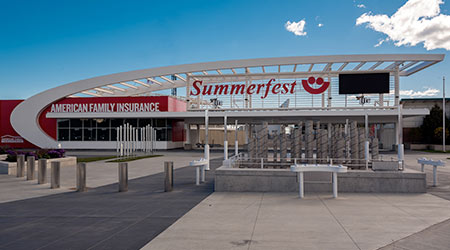









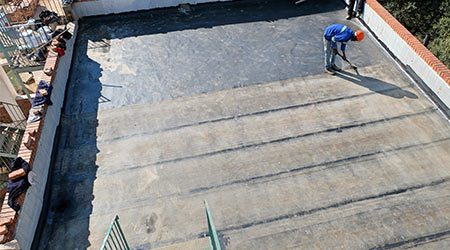


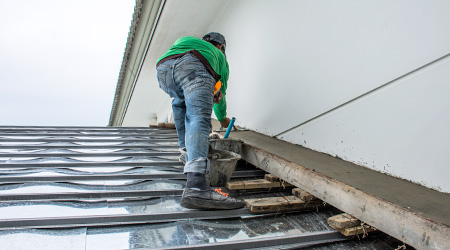






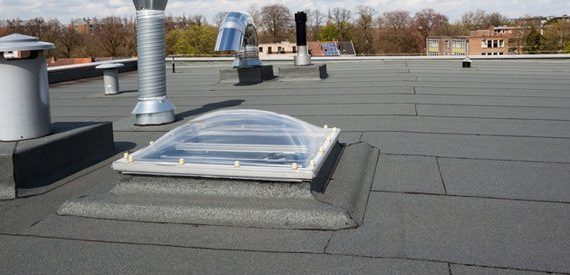
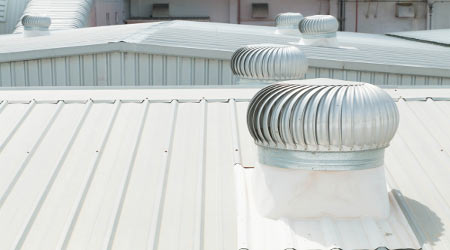




No comments yet.